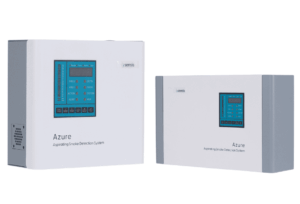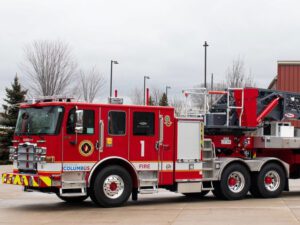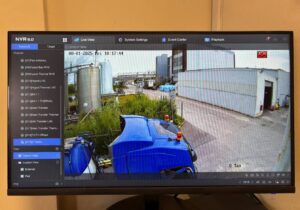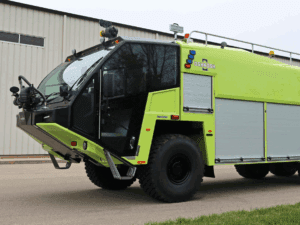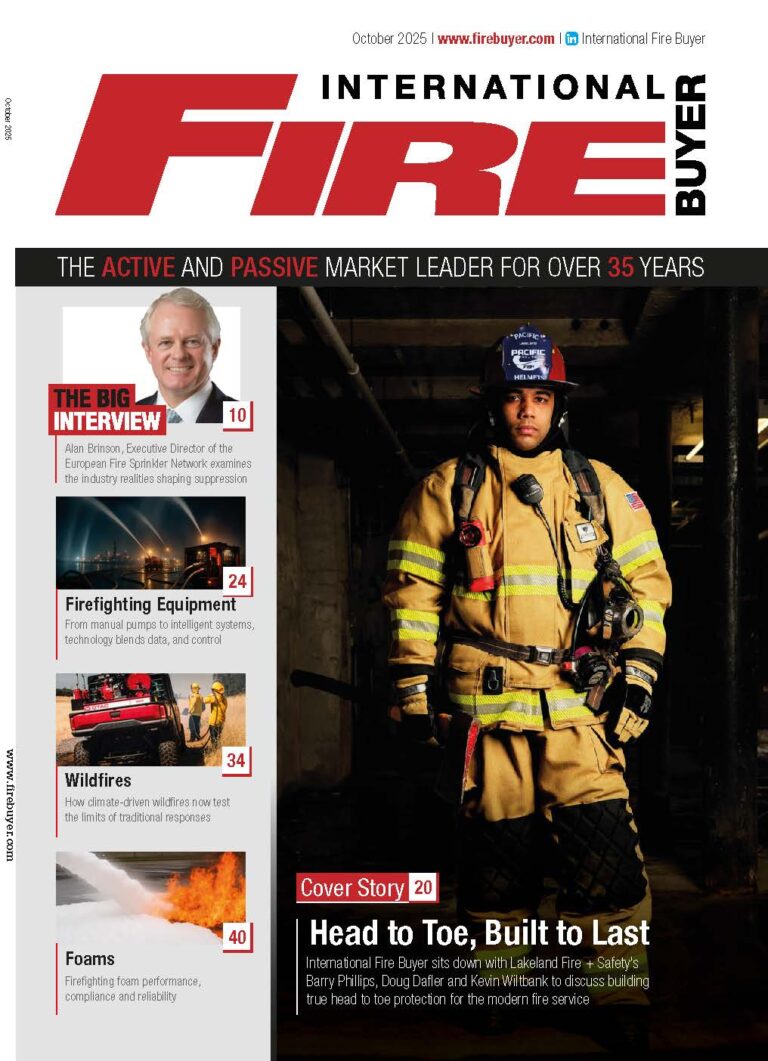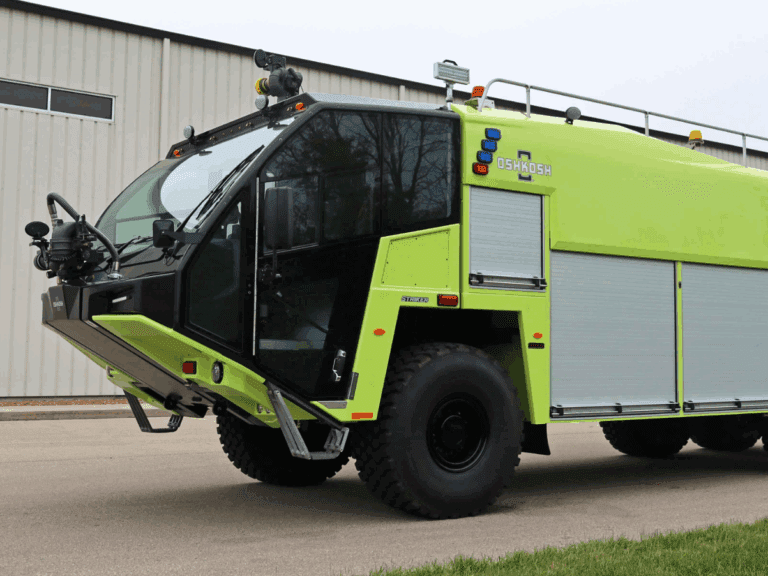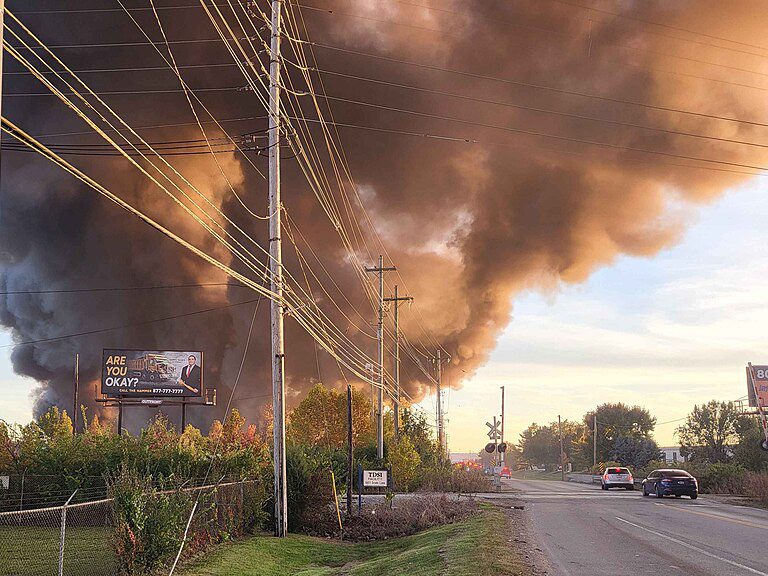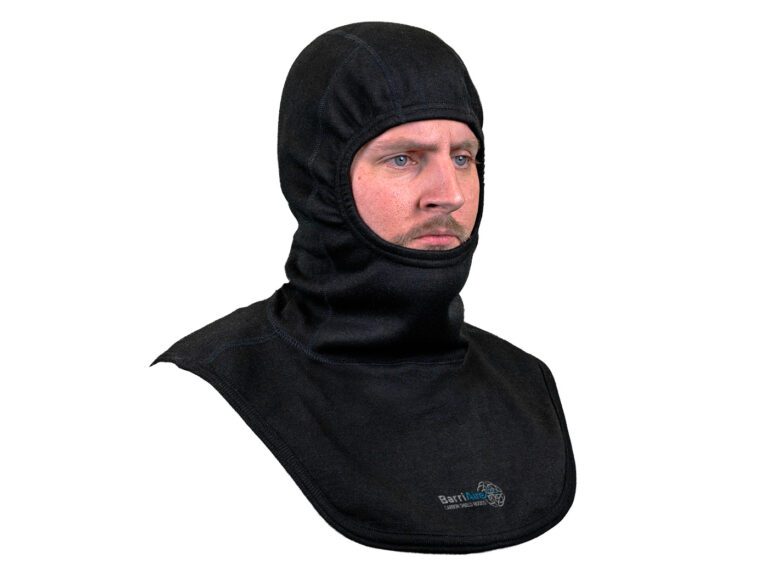Mounting systems, lighting arrays, shutters, and hydraulic platforms are reshaping operational efficiency in firefighting vehicles. Rebecca Morpeth-Spayne explores the critical role these components play in enabling mission-ready command.
Every second counts in fire response. From the moment the call comes in to the instant the crew disembarks, the configuration of a fire appliance can either streamline or stall the mission.
While much attention has historically been given to pump capacity, suppression agents, and aerial reach, a quieter revolution has taken place around the ergonomics and architecture of the vehicle itself. It is in the lighting systems, mounting brackets, compartment access, and rooftop layouts that the subtler determinants of crew readiness reside.
Firefighting vehicles have evolved from transport units to mobile toolboxes – each one tailored to the operating context it serves, whether municipal, industrial, airport, or wildland. Today, operational efficiency hinges not only on what a vehicle carries, but how that equipment is stowed, accessed, and activated under duress. In an era of complex incident profiles, dynamic risk, and heightened accountability, equipment design is becoming a form of command control.
This design imperative is increasingly guided by real-world feedback loops. Post-incident debriefs now often highlight not only what tools were used, but how quickly and safely they were accessed. Vehicle layout is no longer the exclusive concern of engineers; it is the subject of interdisciplinary collaboration between frontline responders, industrial designers, and human factors specialists. Fire services are beginning to adopt iterative design approaches, where vehicle configurations evolve in response to operational learnings rather than being fixed at delivery.
Mounting strategy is also being influenced by emerging vehicle footprints. As services shift towards compact, multi-role units – particularly in urban environments – every inch of internal wall and ceiling space must be justified. Tool mounts are no longer fixed to flat panels but are now integrated into fold-out trays, sliding drawers, and overhead rails. This kind of spatial layering enables a higher volume of equipment to be stored without compromising accessibility.
Inside and out, the mounting of tools has moved beyond mere storage. Companies such as Ziamatic and Performance Advantage Company (PAC) are redefining tool accessibility with modular, vibration-resistant brackets that allow for rapid deployment and secure travel. These systems enable departments to customise layouts by call type or seasonal risk, enhancing response agility.
Ziamatic’s mounts are especially known for integrating safety locking mechanisms that resist unintentional release during vehicle motion. Meanwhile, PAC’s Tool Mounting Kits and Adjustamount Systems cater to departments looking to standardise equipment storage across multiple vehicle types, minimising training variance and improving crew familiarisation.
In high-tempo environments, seconds saved accessing a halligan tool or thermal camera can influence outcomes. As vehicles become more complex, so too does the choreography of movement around them – and clean, intuitive mounting solutions reduce cognitive load under pressure.
Tool mounting also intersects with mental conditioning. Muscle memory, built through repeated drills, depends on tools being in the same place every time. Inconsistencies in mounting configurations can introduce hesitation under pressure. That’s why leading fire services are now conducting ‘flow audits’ — walkthroughs where firefighters simulate gear retrieval during drills, flagging bottlenecks and repositioning items to align with real-world muscle patterns. What seems like a minor tweak can yield major reductions in retrieval times and physical strain.


